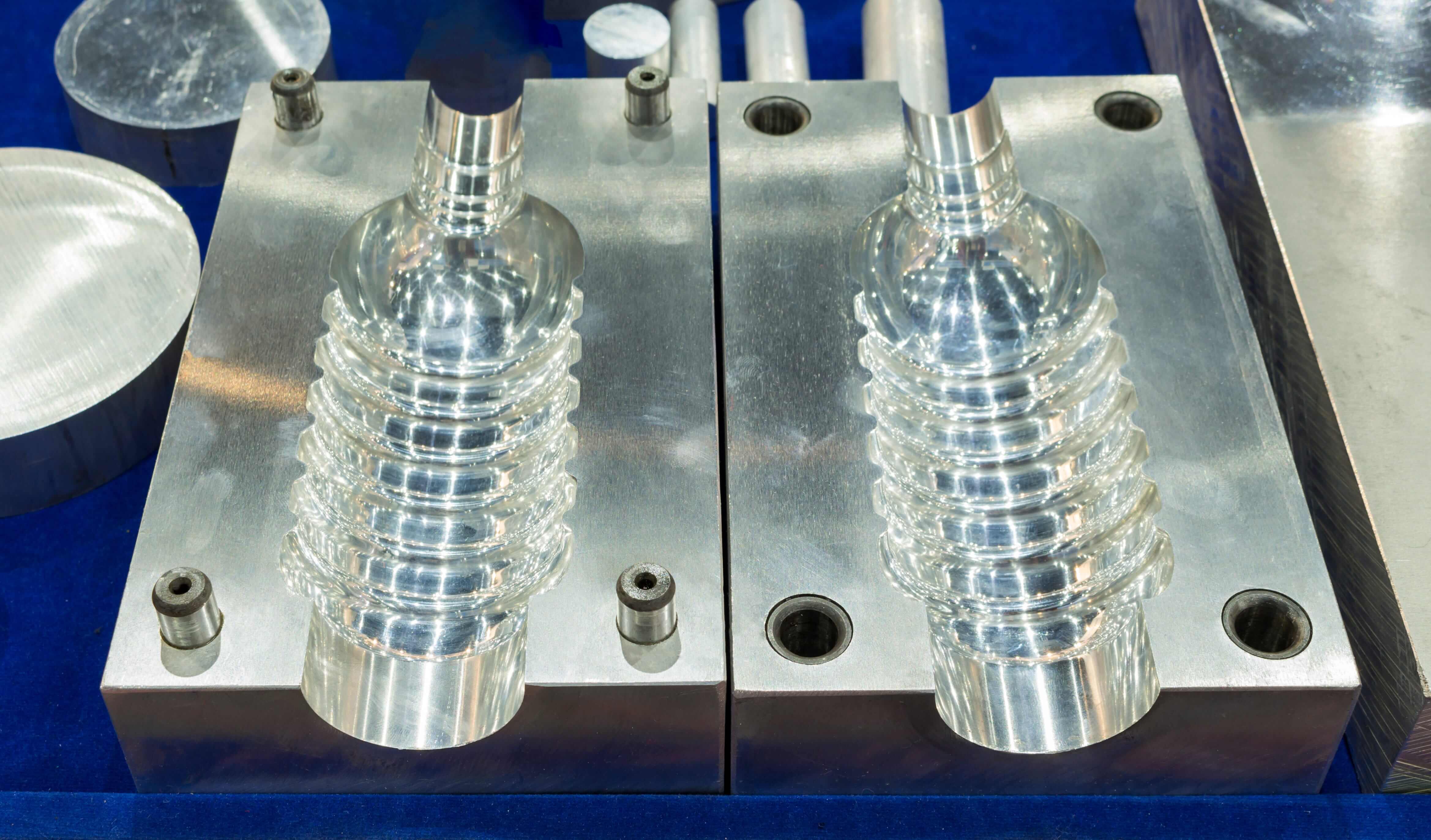
Mould QUALITY PROCESSES
The mould manufacturing process is a complicated process that includes design, processing, assembly, and debugging procedures before it can be used. Throughout the whole life cycle, the influencing elements on the mould's quality include the following aspects:
Die Steel
Steel is the most important component in mould quality, thus selecting appropriate steel should be a top concern. Steels with diverse properties, such as high polishing needs, corrosion resistance, and so on, should be used for different types of plastic. It is OK if the steel's performance meets the standards; nonetheless, the more expensive the steel, the better. In order to reduce excessive waste, the mould steel should be chosen according to the die life. The mould's surface treatment is also highly significant. Nitrification improves the surface hardness of steel and extends the life of dies. Electroplating may efficiently modify mould steel and some plastic materials that require high brightness and corrosion resistance. Electroplating can reinforce and increase the performance of steel.
Structure Design
The mould construction takes into consideration not only the product's material qualities, such as shrinkage, forming temperature, elastic tensile deformation coefficient, and so on, but also the cooling water speed, as well as the opening and closing modes speed. A good mould construction may effectively extend the life of the die and provide smooth mould manufacturing. Increasing efficiency while lowering expenses.
Standard Parts
The mould is the same; standard parts aren't directly involved in shaping, but they do oversee the entire mould process. Wear resistant, robust enough, high accuracy, and not easily deformed are all characteristics of good standard components. Because different companies offer a diverse range of standard parts, mould features need careful selection.
Dies Fittting
Die layout goes against the tool fitter's experience; what appears to be simple labour is actually the most difficult. These abilitiesre crucial to the complicated mould's success.
Mould Polishing
The polishing of the mould is the final step in the mould-making process. Polishing is the most crucial task since it is immediately reflected in the plastic pieces. Polishing can also aid mould action, particularly during demoulding. Some die manufacturing isn't smooth because the polish isn't in place, or the resistance is too high, resulting in hard demoulding, stress marks, and top end cracks, among other things.
Mould Assembly
Die assembly is the process of assembling the mould and all of its components; if it goes wrong, the repercussions will be severe; at most, it will result in product flaws, affecting production, or entirely damaging the mould, resulting in scrap. As a result, the assembling must be precise. During the assembly process, additional care should be paid to cleaning the mould, particularly the water route and screw holes, which must be blasted clear of iron.
Hot Runner or could Runner
Because the hot runner is usually specified by consumers, this has the least influence on mould quality. The heat runners, on the other hand, are of a considerably different calibre. To gain an edge, we constantly employ dependable heating and transmission accessories that are simple to operate and do not cause difficulties. The key challenge for the could runner is ensuring injection moulding balance, injection mouth size, injection pressure, and so forth.
Cooling Water
Anyone who has worked in the mould industry understands the importance of cooling. By shortening the injection cycle for mass manufacturing, the manufacturers will be able to generate a large quantity of goods. However, this will cause the mould temperature to increase, which if not carefully controlled will result in the mould not being created, or perhaps distortion and scrapping. As a result, great canal design, including distribution density, diameter, and linkages between waterways, is critical.
Mould Maintenance
Mould maintenance primarily relates to the upkeep of the manufacturing process. Every time the mould is used, it should be thoroughly maintained, particularly the forming part's rust and the anti-rust treatment of the major moving components. Because the mould is linked to water during the manufacturing process, water may fall on it during installation or disassembly. Make sure the mould is completely dry before applying a coating of oil to preserve it.

